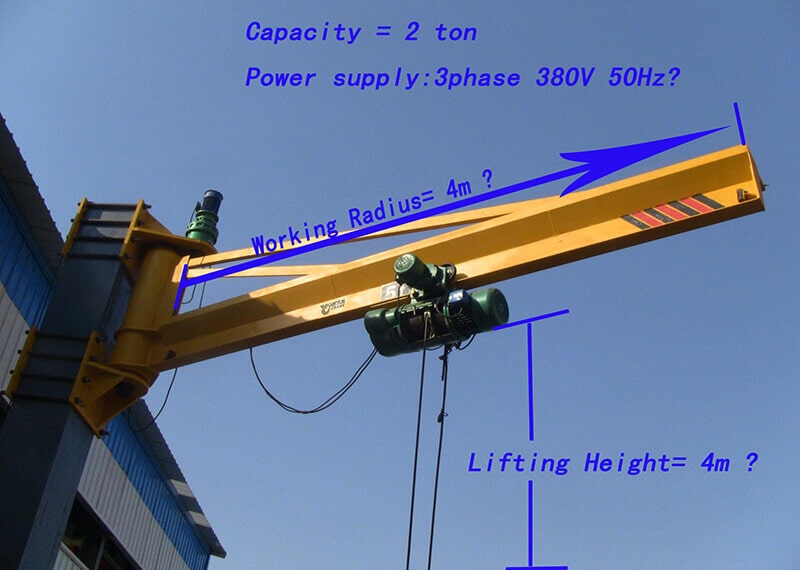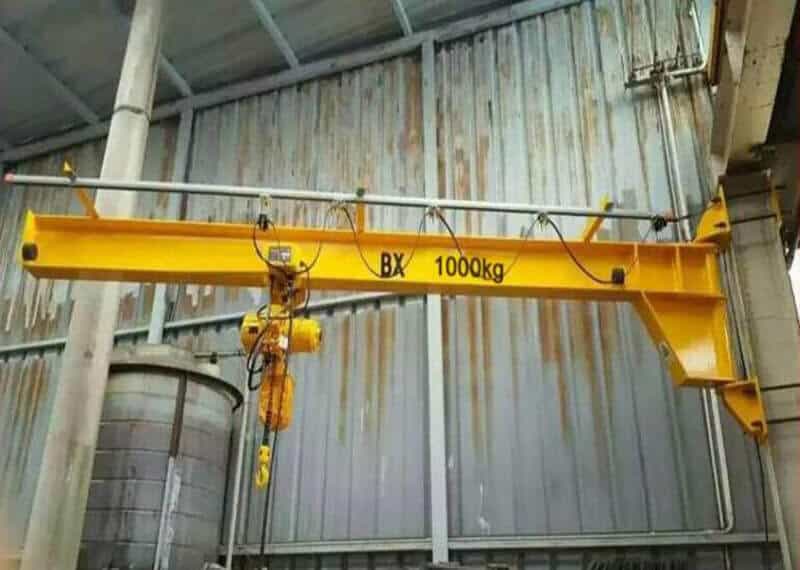
When it comes to material handling applications, how can you know which type of crane is the best option for your situation? Yuantai offers multiple lines of material handling cranes, which include many different features and operating characteristics. Those lines include Jib Cranes, Gantry Cranes, and Workstation Cranes.
We’ve covered some of the features of each of our different lines of cranes in previous blogs, such as the Jib Crane Basics, Gantry Crane Basics, and Workstation Crane Basics articles. Today, we’re going to look at some of the differences between Jib Cranes and Workstation Cranes to understand the benefits of each type and determine what the best option is for different applications.
Yuantai Workstation Cranes
At Yuantai, Workstation Cranes include several different variations of a specific type of design. The primary distinguishing feature of all workstation cranes is the use of enclosed track. For cranes that use enclosed track, the hoist trolley travels along a fixed path inside the closed profile of the track.
The way that enclosed track is set up can differ between different specific designs. The two primary designs are the Yuantai Workstation Bridge Crane design and the Yuantai Workstation Monorail Design. The difference between these two designs is pretty straightforward.
The monorail is the simplest design; the enclosed track is fixed in place and the trolley travels from one end to the other. More complex applications of the monorail design can also incorporate switches and curves.
The bridge crane design includes a few more elements than the monorail design. The trolley travels inside an enclosed track bridge, which is supported at both ends by enclosed track runways. The bridge can travel along the runways to provide a larger rectangular area of coverage.
Yuantai Jib Cranes
Yuantai also offers Jib Cranes in a range of styles for different purposes. The main feature of all jib cranes is the boom, which rotates around a fixed point. This design means that jib cranes cover a circular or semi-circular area.
Yuantai Freestanding Jib Cranes support the rotating boom on a mast, which can mount to the floor or a portable concrete base. Most freestanding jib cranes can rotate 360 degrees. Yuantai Wall-Mounted Jib Cranes attach to a building’s wall or other support structure. Wall-mounted jib cranes can rotate 180 to 200 degrees.
Choosing the Right Design

When it comes to choosing a material handling system, the most important factor to consider is the application requirements. For applications requiring a lifting capacity of 4,000 pounds or less, Yuantai Workstation Cranes are hard to beat.
The enclosed track provides smooth movement, allowing workers to move the bridge and trolley easily. Yuantai Workstation Bridge Cranes also maximize the usable workspace in any location. A jib crane may cover a similar area, but the corner-to-corner coverage of a bridge crane ensures there are no gaps in the coverage.
Finally, Workstation Bridge and Monorail Cranes can be easily rearranged and reconfigured as workplace needs change. The length of the monorail or runways can be extended indefinitely with additional support structures. Multiple bridges and trolleys can also be added to increase operating capacity.
To inquire about Yuantai Workstation Bridge Cranes, or to get more information on how to choose the right crane for your application, contact us or reach out to one of our Sales Managers!

No Responses